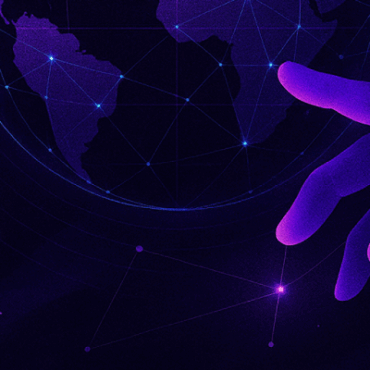Top Artificial Intelligence (AI) Content Detection Tools
MarkTechPost, January 17, 2023
Artificial Intelligence (AI) and Natural Language Processing (NLP) are used to automatically recognize and evaluate the content of a text. There are a number of tools available to check for AI content, including those that detect plagiarism like Originality.AI and Crossplag. These tools can be used to detect plagiarism in written content, including academic papers, articles, and other written content.
A content management system (CMS) can be used to manage workflow and automate processes, allowing for the efficient production and distribution of massive amounts of content. This is an important aspect of AI content as it enables the ability to produce, manage, and distribute large amounts of content at scale. Hugging Face AI Content Detector is a machine-learning model that recognizes and categorizes various types of textual content. This model combines NLP techniques with machine learning algorithms to classify text into categories such as news articles, social media posts, and product evaluations. This can be used for various purposes, including removing undesired content from social media feeds and finding pertinent data in huge data sets.
GPT-Zero is a language generation model created by OpenAI that uses deep learning to produce text that resembles human speech. This technology can be applied to a wide range of tasks, including writing, summarizing, and creating new content. It is a more compact and effective model than GPT-2 and can be used for a variety of tasks. In conclusion, AI and NLP techniques are used in the process of AI content detection to automatically recognize and assess the content of a text. There are a variety of tools available that can be used for a variety of tasks such as detecting plagiarism, removing undesired content from social media feeds, finding pertinent data in massive data sets, and assessing the success of marketing efforts.
Read more about these tools in the full article at the link.
Fed up with facial recognition cameras monitoring your every move? Italian fashion may have the answer
CNN, January 16, 2023
An Italian start-up called Cap_able has created a clothing line that uses artificial intelligence (AI) algorithms to confuse facial recognition software. The Manifesto collection includes tops, hoodies, pants, t-shirts, and dresses, each featuring an “adversarial patch” designed by AI algorithms to make the wearer appear as a different animal, such as a giraffe or a zebra, to the software. The idea for the clothing line came when Cap_able’s CEO and co-founder, Rachele Didero, was on a Masters exchange at the Fashion Institute of Technology in New York and read about how tenants in Brooklyn had fought back against their landlord’s plans to install a facial recognition entry system for their building.
Didero, who is currently studying for a PhD in “Textile and Machine Learning for Privacy” at Milan’s Politecnico with a stint at MIT’s Media Lab, said the company’s goal was to give people the choice of whether or not to give their data to cameras. “When I’m in front of a camera, I don’t have a choice of whether I give it my data or not,” she said. “So we’re creating garments that can give you the possibility of making this choice.”
To create the clothing line, the team had to find and design the right “adversarial algorithms” to create images that would fool facial recognition software. They then tested the images on a commonly-used algorithm called YOLO, and created a physical version of the pattern using a Computerized Knitwear Machine. Didero said the current clothing items work 60% to 90% of the time when tested with YOLO.
Brent Mittelstadt, director of research and associate professor at the Oxford Internet Institute, said the clothing line is similar to the battle between software that produces deep fakes and software designed to detect them. He also pointed out that with prices starting at $300, these clothes may be a niche product. However, their impact may go beyond preserving the privacy of whoever buys and wears them, it may help create a stigma around surveillance and encourage lawmakers to create meaningful rules.
Read more about this clothing line in the full article at the link
Subscribe for updates
Stay up to date with what is happening! Get a first look at news, noteworthy research and worst attacks on AI delivered right in your inbox.




